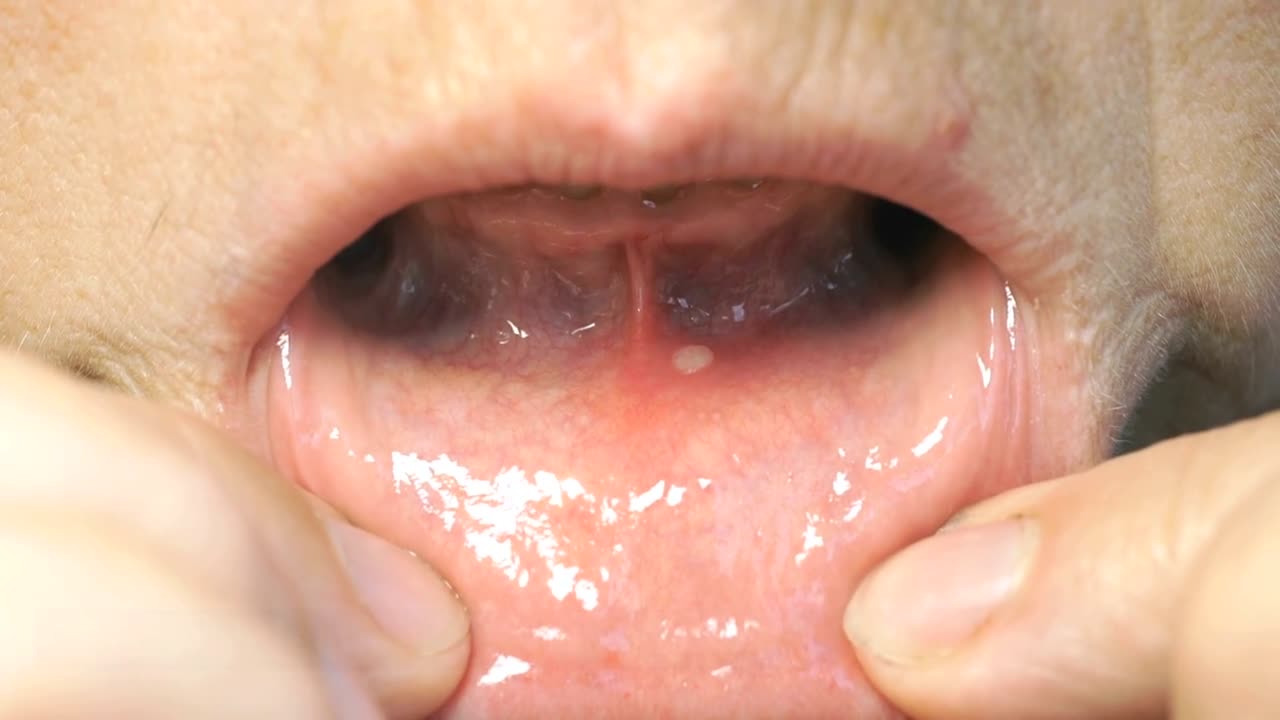Premium Only Content

STDs: The Silent Threats to Your Health"
In this video, we dive deep into the topic of STDs (sexually transmitted diseases) or STIs (sexually transmitted infections). STDs are incredibly common, with millions of new infections occurring annually in the United States alone. These diseases pass from one person to another through various forms of sexual contact, including vaginal, oral, and anal sex. While heavy petting may also lead to transmission, it is relatively uncommon.
One crucial aspect to note is that STDs often do not present noticeable symptoms or may only cause mild symptoms. As a result, it is entirely possible to have an infection and be unaware of it. That's why it's vital to prioritize regular STD testing if you are sexually active.
It's essential to remember that all STDs are treatable with proper medical intervention, and some can even be completely cured. With dozens of STDs out there, certain ones like syphilis, gonorrhea, and chlamydia spread primarily through sexual contact. However, others like Zika, Ebola, and mpox can also be transmitted sexually but are more commonly spread through other means.
Now, let's discuss the difference between an STI and an STD. An STI refers to a virus, bacteria, fungus, or parasite that can be acquired through sexual contact. Many STIs have no evident symptoms, leading individuals to remain unaware of their infection. On the other hand, an STD develops when an STI leads to noticeable disease symptoms. While the term STI is becoming more prevalent within public health and healthcare, STD is still used when referencing data or information from sources favoring that terminology.
Fortunately, STDs are preventable. If you engage in sexual activity, it is crucial to be knowledgeable about protecting both yourself and your sexual partner(s) from these diseases. Understanding the risks and practicing safe sex is key to prevention.
Let's delve into some specific examples of STDs:
- Bacterial Vaginosis (BV): BV is a common treatable vaginal condition, but it can increase the chances of contracting an STD.
- Chlamydia: Chlamydia is a prevalent but treatable STD. If left untreated, it can lead to complications and difficulties in conceiving for women.
- Gonorrhea: Another common STD, gonorrhea can be effectively treated with appropriate medication. Failure to treat gonorrhea can result in severe health problems.
- Hepatitis: Viral hepatitis is a leading cause of liver cancer and the most frequent reason for liver transplants.
- Herpes: Genital herpes is a prevalent STD, and most infected individuals are unaware of their condition. Although there is no cure, medications can manage outbreaks and reduce transmission risks.
- HIV/AIDS & STDs: Having an STD heightens the risk of contracting HIV when compared to those without STDs.
- Human Papillomavirus (HPV) Infection: HPV is the most common STI in the United States, often with no noticeable symptoms. However, HPV vaccines can prevent certain health effects associated with the infection.
- Mycoplasma Genitalium (Mgen): Mgen is an STD that responds to antibiotic treatment. It is crucial for individuals receiving treatment to adhere to the prescribed medication regimen.
- Pelvic Inflammatory Disease (PID): PID can have severe consequences, including infertility. However, both chlamydia and gonorrhea, which can cause PID, are preventable.
- STDs during Pregnancy: To ensure a healthier baby, it is essential to consult a doctor for STD testing during pregnancy.
- Syphilis: Untreated syphilis can lead to severe health complications. Luckily, it is curable with appropriate treatment.
- Trichomoniasis: Symptoms are often absent in most individuals with trichomoniasis.
-
 2:00:10
2:00:10
Bare Knuckle Fighting Championship
3 days agoCountdown to BKFC on DAZN HOLLYWOOD & FREE LIVE FIGHTS!
28.3K2 -
 2:53:01
2:53:01
Jewels Jones Live ®
1 day agoA MAGA-NIFICENT YEAR | A Political Rendezvous - Ep. 103
40.5K18 -
 29:54
29:54
Michael Franzese
8 hours agoCan Trump accomplish everything he promised? Piers Morgan Article Breakdown
67.7K43 -
 2:08:19
2:08:19
Tactical Advisor
11 hours agoThe Vault Room Podcast 006 | Farwell 2024 New Plans for 2025
152K11 -
 34:12
34:12
inspirePlay
1 day ago $4.64 earned🏆 The Grid Championship 2024 – Cass Meyer vs. Kelly Rudney | Epic Battle for Long Drive Glory!
60.2K8 -
 17:50
17:50
BlackDiamondGunsandGear
9 hours ago $1.18 earnedTeach Me How to Build an AR-15
36.4K4 -
 9:11
9:11
Space Ice
1 day agoFatman - Greatest Santa Claus Fighting Hitmen Movie Of Mel Gibson's Career - Best Movie Ever
99.6K42 -
 42:38
42:38
Brewzle
1 day agoI Spent Too Much Money Bourbon Hunting In Kentucky
65.3K12 -
 1:15:30
1:15:30
World Nomac
18 hours agoMY FIRST DAY BACK in Manila Philippines 🇵🇭
49.5K9 -
 13:19
13:19
Dr David Jockers
1 day ago $10.13 earned5 Dangerous Food Ingredients That Drive Inflammation
70K17